No products in the cart.
Contents, educational
How to remove aquarium silicone glue from wood?
Remove the glue from the wood
In many cases, in industrial projects or in daily use, when applying glue, some of it spills on wooden floors or wooden tables. Glues can look unsightly on wooden surfaces and can damage them if not removed quickly and properly.
To remove glue from wooden surfaces, you can use commercial products or natural alternatives such as vinegar, mayonnaise or orange peel for a chemical-free solution.
You can also remove large glue spots using sandpaper or destroy them by heating the spots.
In this article, we will introduce you to the methods of removing glue from wooden surfaces and how to do it.
Use of household products
1-Using white vinegar
If you are worried about damaging your wooden surfaces using chemical products, vinegar is a good natural option for this. Vinegar is one of the natural products that you can use to remove glue from wooden surfaces.
Soak a clean cloth in 1/2 cup (120 ml) of white vinegar. Press the cloth and apply the glue with it. Do not pour too much vinegar at once. Apply a small amount on it until the glue is soft and loose. Then gently remove the glue with your fingers.

2-Using mayonnaise sauce
When the stain on the wood is small, you can use mayonnaise to remove it. Because the oil in mayonnaise can loosen the glue and remove it from the wood more easily.
Apply a small amount of mayonnaise on the glue with your fingers. Let the mayonnaise sit for 15 minutes. Then remove the mayonnaise and glue with a clean cloth.
If the glue does not come off with the first application of mayonnaise, you may need to apply another layer to remove it.
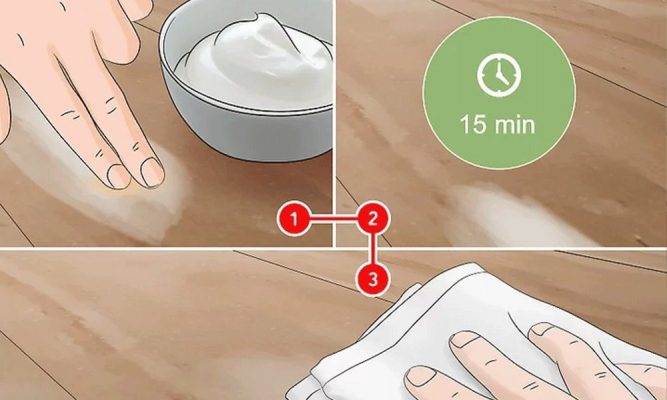
3-Using orange peel
Another effective method for small glue spots is to use orange peel.
The citrus in the orange peel can help break down the glue and make it easier to remove. Peel the orange and place the peel on the glue. Let it sit for 10 minutes. Then remove the orange peel and remove the glue using a cloth.
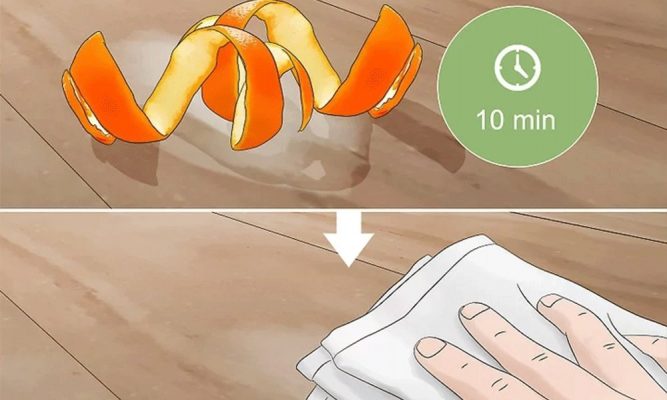
Sanding large and stubborn glue stains
You can use sandpaper to remove large and hard glue spots.
Sandpapers are sheets of paper, cardboard, and fabric with different abrasive grains on them.
You can use different sandpapers according to the thickness and hardness of the glue poured on the surface of the wood. For example, use thick sandpaper for thick glue.
Then, after you have completely removed the glue from the surface, clean it with a damp cloth.
Attention!
Do the sanding on the surface slowly and carefully and be careful to sand only the area and the surface where the glue was poured and do not damage the surface of the wood.
In order to get results sooner. It is better to use 600 grit sandpaper first and then use 1200 grit sandpaper to continue working and the remaining residue after you have removed most of the glue.
When you accidentally sanded the wood a little, or when removing the glue, some of the wood veneer was removed, you can use wood veneers, satin or gloss, or wood varnish to repair the surface.
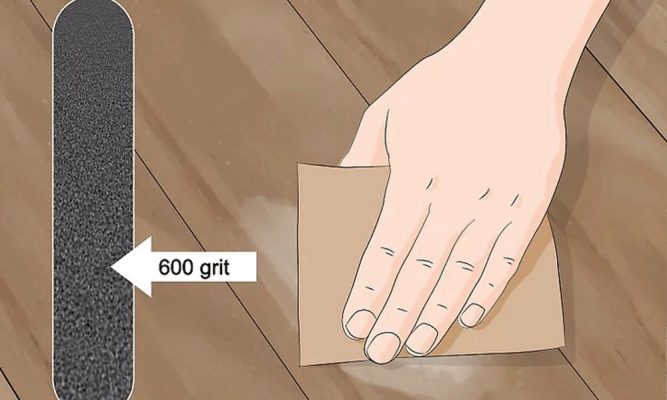
Use of chemical products
1-Using acetone
As acetone is effective for removing most adhesives from various surfaces, it is also used to remove adhesive from wood. But this performance does not work for all glues.
Because acetone damages the color of the surface and may cause the surface color to disappear, the only wood that can be treated with acetone is raw wood. Do not use acetone on unprocessed and painted wood. Because it causes the color of the wood surface to disappear.
Pour some acetone on a cotton or cloth and apply it directly to the wood. Do not place it anywhere else on the wood, as it may damage the wood.
Wear gloves and a mask when using acetone to avoid inhaling its fumes. Open a window or clean wood outdoors.
Let the acetone sit for 1 minute. Use a soft cloth to gently pull the adhesive to remove.

2- Using adhesive cleaners
Put a very small amount of the cleaner on a clean cloth and rub it on the adhesive. After the glue softens, use a clean cloth to remove the glue.
Before using adhesive cleaners, be sure to read the instructions for use and the product label and use the required amount so as not to damage the surface.
Try not to use cleaners on the surface of the wood, and for accuracy in work, you can use adhesive tape to separate the glued area.
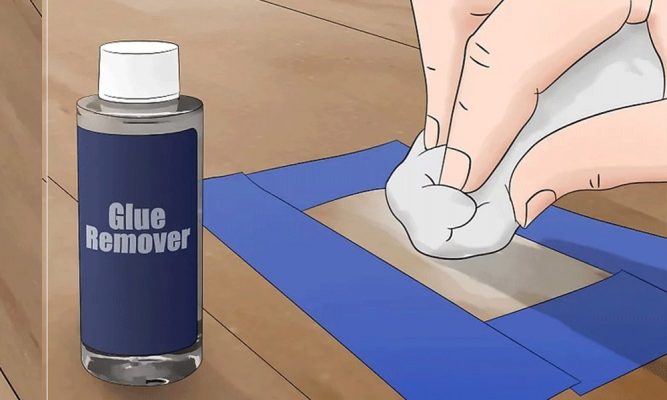
3- Using Vaseline or petroleum jelly
For small glue spots and when you are not in a hurry to remove the glue, you can use Vaseline and petroleum jelly.
Vaseline and petroleum jelly can help soften the glue and make it easier to remove. Leave the Vaseline or petroleum jelly on the surface for 12 hours or more, then gently wipe it off with a cloth.

to heat
Another way to soften and easily remove the glue from the surface is to heat the surface of the glue.
You can use a hair dryer or a heat fan for this.
Set the hair dryer to the lowest setting and place it 5.1 to 7.6 cm away from the glue for about 15 seconds. If there is a thick layer of glue or the glue is too sticky, you may need to blow dry or blow for 20 seconds. Apply for 25 seconds. Do not use it for more than 30 seconds at a time.
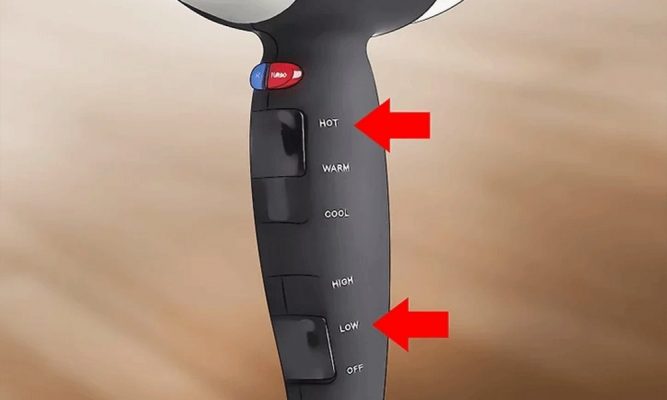
Attention!
The temperature of the hair dryer and the distance between it and the glue depends on the amount of glue poured. Be careful not to use it more than usual so as not to damage the wood.
To answer your questions about aquarium glue and all other glues, you can use the articles on the Persia site.
Need an adhesive with special features?
Persia Production Group, relying on its production capacity and outstanding engineers, can meet your needs in supplying all kinds of industrial, automotive and construction adhesives.

